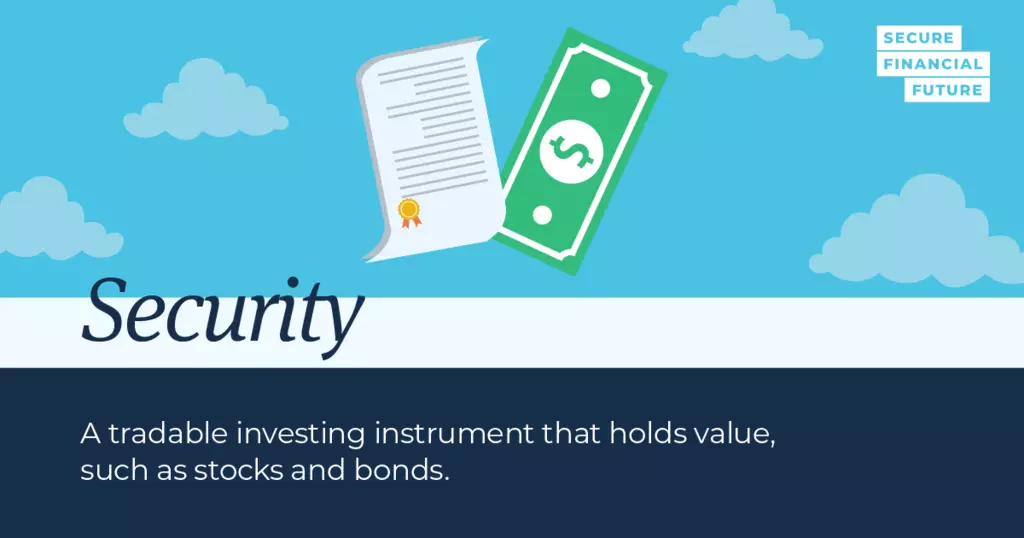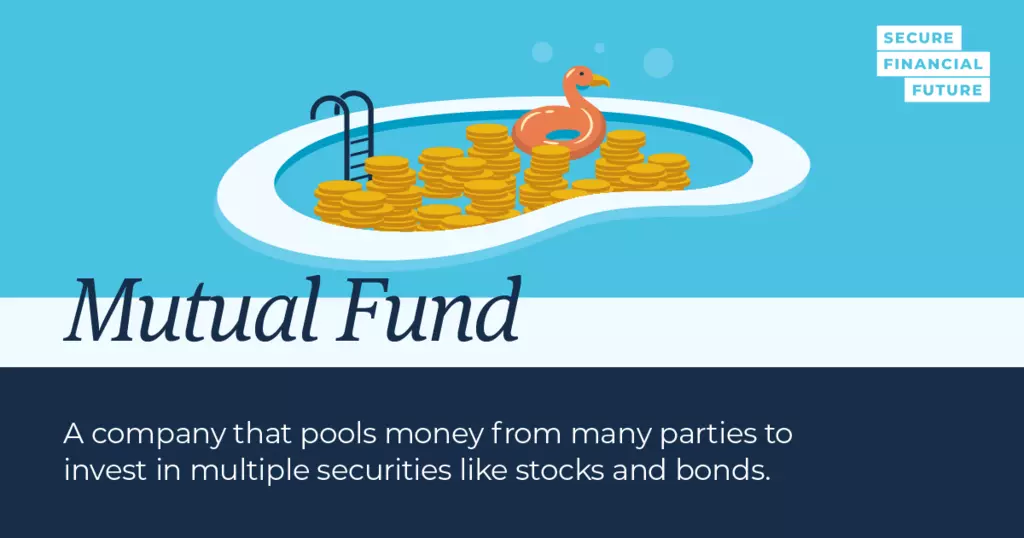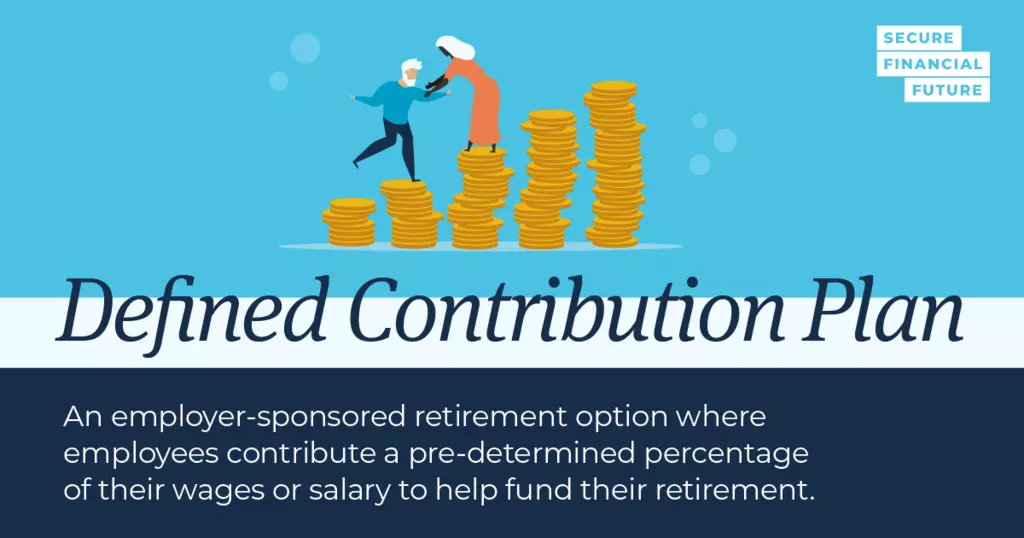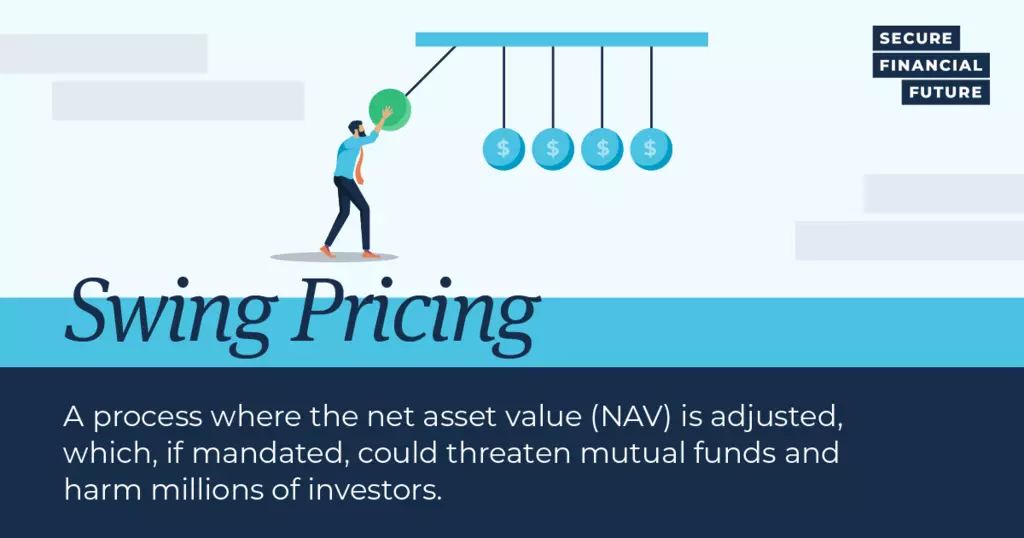
Portfolio
A portfolio is a collection of investments, such as stocks, bonds, and mutual funds, held by an individual or institution. Portfolios are designed to achieve a specific investment goal, such as maximizing returns, minimizing risk, or generating income. Portfolios can be diversified across different asset classes, sectors, and geographic regions to reduce risk or increase potential returns.

Security
A security is a financial instrument that represents ownership in a company or organization, a creditor relationship with a company or organization, or the right to receive future payments. Common examples of securities include stocks, bonds, and options. Securities are bought and sold in financial markets, such as stock exchanges, and can be traded by investors looking to profit from changes in the value of the underlying asset.

Net Asset Value
Net asset value (NAV) is the value of a fund's assets minus its liabilities. The NAV is calculated at the end of each trading day and represents the price at which shares in the fund are bought and sold. The NAV is an important metric for investors because it provides a snapshot of the fund's overall performance and allows investors to track changes in the value of their investments over time.

Fiduciary Duty
Fiduciary duty is a legal obligation that requires a person or organization to act in the best interests of their clients or beneficiaries. Fiduciaries are obligated to put the interests of their clients or beneficiaries ahead of their own interests and to act with loyalty, prudence, and care. Fiduciaries are commonly found in the investment industry, where registered investment advisors and some other types of financial professionals have a fiduciary duty to their clients.

Mutual Fund
A mutual fund is a company that pools money from many investors and invests it in securities such as stocks and bonds. The combined holdings of the mutual fund are known as its portfolio. Investors buy shares in mutual funds. Each share represents an investor’s part ownership in the fund and the investment returns it generates.

Exchange-Traded Fund
An exchange-traded fund (ETF) is a type of investment fund that trades on a stock exchange like a stock. Many ETFs are designed to track the performance of a specific market index, while others focus on certain sectors or geographies. ETFs are typically low-cost, convenient to trade, and can provide exposure to a diversified portfolio, making them a popular investment choice for individual investors and institutions alike.

Money Market Fund
As a type of mutual fund, a money market fund pools dollars from investors—who own shares of the fund—and purchases short-term debt instruments. Investors can buy shares in a money market fund either through a brokerage or directly from the fund’s provider. Money market funds are designed to provide investors with a low-risk, highly liquid investment option that offers higher returns than a traditional savings account. Money market funds are a popular choice for investors who want to earn higher returns on their cash than a traditional savings account, while maintaining a high level of liquidity.

Defined Contribution Plan
A defined contribution plan, such as a 401(k), 403(b), or 457, is an employer-sponsored retirement option where employees contribute a pre-determined percentage of their wages or salary to help fund their retirement. Some employers will match a certain percentage of the contribution based on their benefit blueprint.

529 Plan
A 529 plan is a tax-advantaged savings plan designed to help individuals and families save for education expenses. 529 plans are sponsored by states, state agencies, or educational institutions, and they offer tax benefits to investors who use the funds to pay for qualified education expenses, such as tuition, fees, books, and supplies. There are two main types of 529 plans: prepaid tuition plans, which allow investors to lock in future tuition rates at participating colleges and universities, and college savings plans, which allow investors to save money in a tax-advantaged account and invest the funds in a variety of investment options. 529 plans are a popular way for families to save for college and other education expenses while potentially reducing their tax liability and growing investment earnings tax-free.

Swing Pricing
Swing pricing is a mechanism that may be used by mutual funds and other collective investment products to adjust their net asset value (NAV) based on the size of the fund's inflows or outflows. This pricing mechanism is allowed in the U.S., but has not been used to date by any mutual fund. However, the Securities and Exchange Commission is considering a swing pricing mandate that could fundamentally alter how mutual funds are managed, operated, and priced—as well as how investors buy and sell their shares.



